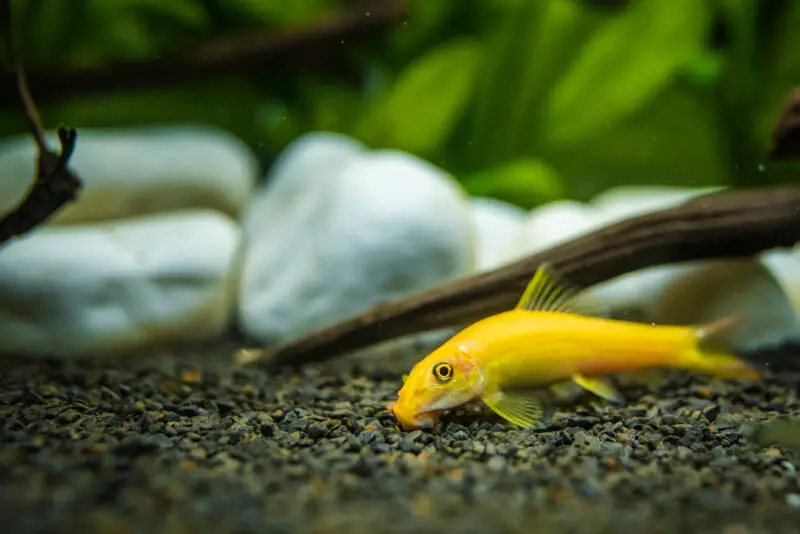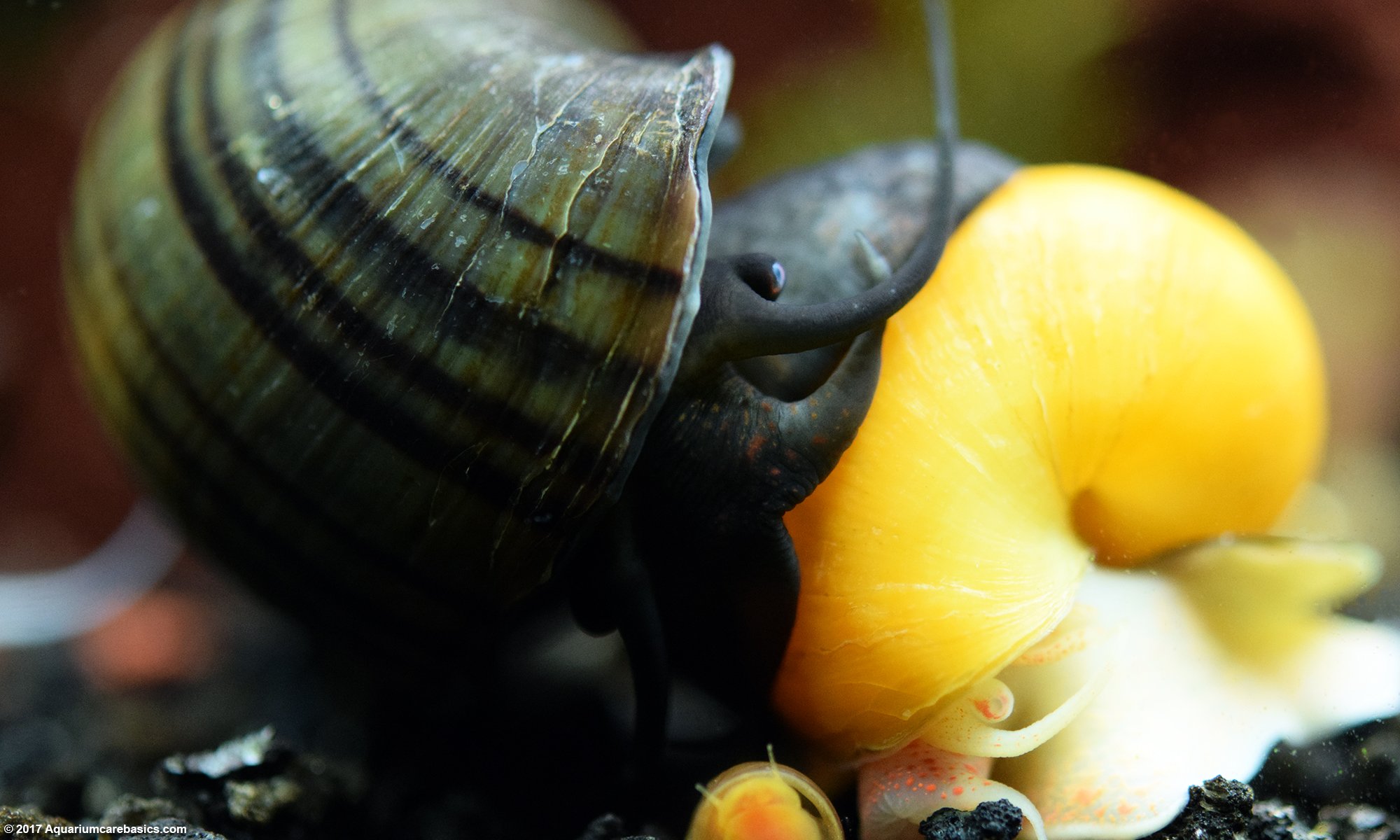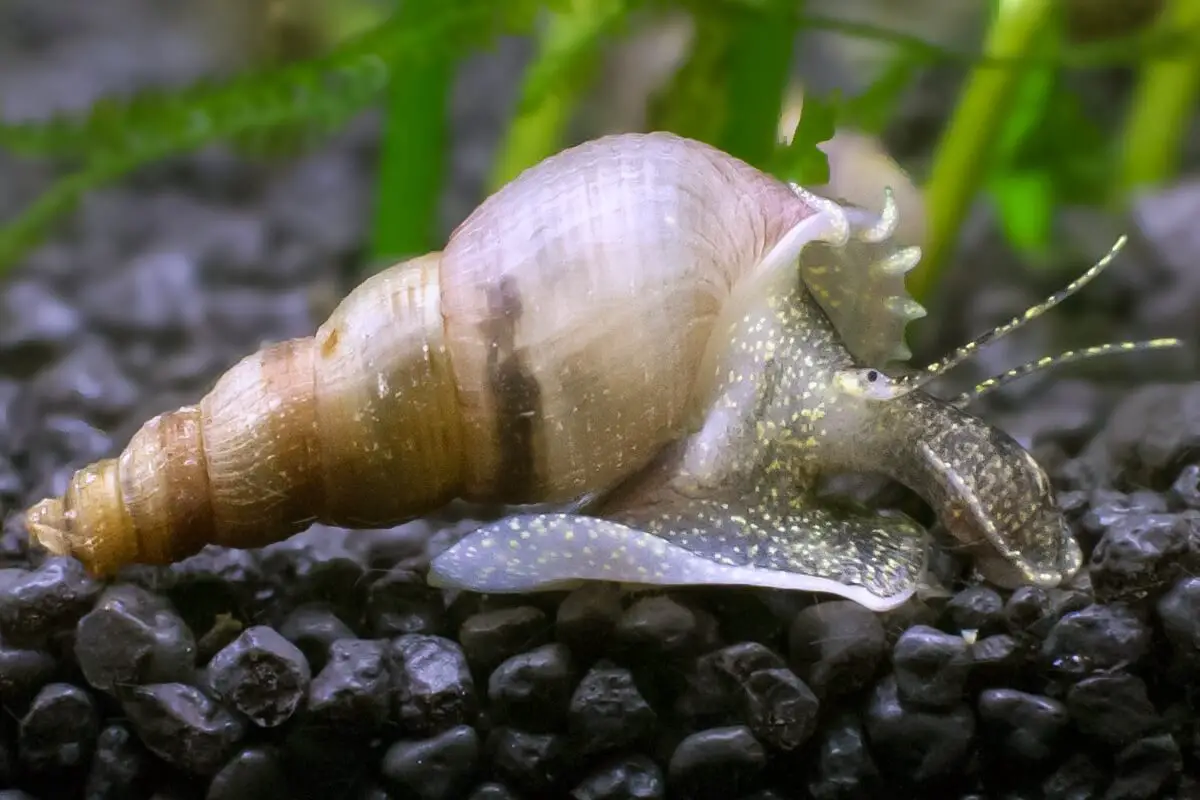Algae can quickly develop and stomp its presence in any aquarium or tank if left unchecked. And that can be a nightmare for any fish tank or aquarium owner. But that’s where the best algae eaters come into play.
Algae eaters are creatures that feed on algae, either exclusively or a part of their diet. Needless to say, aquarium algae eaters, fish tank algae eaters, and freshwater algae eaters eat algae in your tank or aquarium to keep everything clean and clear.
Today, we are going to cover it all about algae eater fish, best algae eaters, freshwater algae eaters, and everything in between. So without further ado, let’s get started.
How To Choose the Best Algae Eaters for Your Aquarium

Choosing the best algae eaters for your aquarium or your fish tank comes down to the type of algae growing in your aquarium or fish tank.
You first need to figure out the type of algae growing in your fish tank or aquarium. And then, according to the type of algae, you’ll need to pick the best algae eaters.
After that, you’ll need to make sure that if the algae eater you are picking is compatible with the creatures in your aquarium. Note that not all algae eaters are compatible with fishes and organisms.
Next up, you must also take note of the size of your tank and choose small algae eaters or big algae eaters accordingly. Next up, take note of the water quality, temperature, and PH level of your aquarium to see if the algae eater can survive in it or not.
All algae eaters have different requirements and care routines. Make sure to check through the list of requirements and care routines of the algae eaters before you pick them for your aquarium.
Last and certainly not least, if your aquarium doesn’t produce enough algae, you might also look for a diet supplement for your algae eater.
What Are The Best Algae-Eating Fish?
Algae-eating fish are herbivorous. Meaning, they survive on plant foods, including algae and other plant-based supplements.
There are tons of best algae eaters fishes that can work as aquarium cleaners. Today, we are going to showcase the six best freshwater algae eater fishes you can purchase for your aquarium.
Note that we have covered the following six algae-eating fishes in detail so you can pick the best algae cleaner for your freshwater aquarium.
Bristlenose Plecostomus (Bristlenose plecos)
Bristlenose Plecostomus is one of the best fish algae eaters for aquariums over 25-gallons. They can grow up to five inches in length, covering a lot of ground and consuming the majority of algae in your aquarium.

Bristlenose Plecostomus can easily snack up most types of algae in your aquarium, but they are known for eliminating Green Dust, Green Spot, and Brown Algae Bloom. And as Bristlenose Plecostomus get older, it develops the skills to chew on driftwood, making them one of the best algae eaters.
One of the best things about Bristlenose Plecostomus is that they have a peaceful and mellow temperament. Meaning, they are compatible with most types of water species. But to keep Bristlenose Plecostomus well-rounded, you must feed them sinking wafers, frozen bloodworms, and Repashy gel food.
Last and certainly not least, Bristlenose Plecostomus prefers to live in a temperature range of 60 to 80 F with a PH range of 6.5 to 7.5 and water hardness of 6 to 10 KH.
Siamese Algae Eater
Are you looking for an effective and one of the best algae eaters for your aquarium? Look no further than the Siamese Algae Eater.

Siamese Algae Eater is an eating machine with relentless aquarium cleaning abilities. Apart from eating hair and black beard algae, Siamese Algae eaters can easily consume leftover pellets, vegetables, flake foods, and live foods.
Indeed, Siamese Algae Eater isn’t beautiful to look at. But they are one of the best fishes to control and eliminate algae from your aquarium. That’s not it! Thanks to their size (5 to 6 inches in length), they are ideal for any tank size or aquarium over 20 gallons.
Not to mention, their peaceful, active, and social temperament lets them fit into any environment. But note that Siamese Algae Eater can be troublesome to bottom feeders and other territorial fishes.
All-in-all, Siamese Algae Eater doesn’t require any special care- you just need to give them enough room to swim and tons of algae to consume.
Chinese Algae Eater
Also known as Indian Algae Eater or Sucking Loach, Chinese Algae Eater are one of the most commonly seen algae eating fish in pet stores. Note that many people confuse Chinese Algae Eater with Siamese Algae Eater, but they are two different species.

Although Chinese Algae Eater can fix all the algae problems in your aquarium, they can turn out to be rogue after some time. Chinese Algae Eater is semi-aggressive in nature, and that’s why they aren’t kept in peaceful aquariums or tanks.
People also avoid keeping them in aquariums or tanks that are less than 50 gallons in size. It’s because they get aggressive and troublesome with time and lose their algae-consuming characteristics.
If you have a semi-aggressive aquarium that’s over 50-gallon in size, dropping a young single Chinese Algae eater would be pretty beneficial for you.
Otocinclus Catfish
Commonly known as the Otto, Otocinclus Catfish helps to break down brown algae in no time.
Otto or Ortoconclus Catfish grows to a maximum of 2-inches long. And that makes Otto one of the ideal candidates to fit in any size of tank or aquarium.

Although Otto looks like a bearish brother of Chinese Algae Eater, they are peaceful schooling fish from inside. Otocinclus Catfish gets along with bottom feeders and other species, which makes them one of the best algae eaters. But note that one must not keep Otto with large or aggressive species like cichlids.
Ottos can be situated in any aquarium that’s over 10 gallons in size. Moreover, Otocinclus Catfish prefers to stay in the temperature range of 72 to 82 F with a pH range of 6 to 7.5 and water hardness of 6 to 15 KH.
Grey bodied creatures with black spots require no easy care and treatment. They eat quickly, socialize with other species and come with peace- an ideal combo for any aquarium.
Twig Catfish
Are you looking for a unique algae eater for your freshwater aquarium? The Twig Catfish won’t disappoint.
Twig Catfish are unique algae eaters that resemble a branch or stick. And just like a branch or stick, they are long. Twig Catfishes can grow up to six inches in length, making them a perfect algae eater for tanks that are 40-gallons or over in size.

These stick-like algae eaters have a huge appetite for algae, and they love to attach themselves to plants or bogwood in aquariums.
Twig Catfishes find such aquariums home that have a peaceful community. Moreover, they enjoy their own company and also make other species feel at home, thanks to their shy and friendly nature.
Indeed, Twig catfish add an element of uniqueness to your freshwater aquarium; they are extremely sensitive to changes in water quality. But if you have the water quality under control, you won’t find a better algae eater than Twig Catfish.
Live-bearers
Livebearers are nearly all members of Poeciliidae and include guppies, mollies, platies, and swordtails. But today, we are going to discover our favorite livebearer, fancy mollies.
Fancy mollies are both pleasing to the eye and one of the best algae eaters for a community aquarium or tank.

Fancy mollies are fond of feeding on algae along with fish flakes and live food. And one of the most exciting things about fancy mollies is that they are easy to maintain for novice fish keepers.
Apart from being vivid and colorful algae eaters, fancy mollies are quite peaceful and social. Meaning you won’t have to pull off different arrangements in your tank to keep fancy mollies at rest.
Although fancy mollies and other livebearers can grow up to 4.5 inches in size, one can situate them in any aquarium that’s either 10 gallons or up.
What Are The Best Algae-Eating Snails?
Snails aren’t the best algae eaters on the planet. However, some snails can get the job done while also being a tremendous low-maintenance pet for the majority.
Algae-eating snails can’t battle the algae growth alone. But they are ideal for controlling the overgrowth of algae and keeping your aquarium clean.
Here are the three best algae eaters you can get for your aquarium that can help you to keep algae problems at bay.
Mystery Snail
Mystery Snail also goes by the name of Mystery Apple Snail or Common Apple Snail. And as suggested by the name, they are quite unique in appearance. Mystery snails can have brown, black, blue, purple, gold, or white shells, while their body color can vary from grey to yellow.

Mystery snails spend their time in an aquarium or a tank eating algae or cleaning up decaying plant materials. Not to mention, Myster Snails are also masters in eating fast-growing hair algae.
Now speaking of accommodation, these freshwater aquarium snails can be situated in 5-gallon aquariums or up. And thanks to their peaceful and calm nature, they easily get along with other community species.
Mystery snails feel at home in aquariums where the temperature ranges from 68 to 84 F with a pH range of 7.6 and 8.4 and water hardness level of 12 to 18 KH.
Nerite Snail
Want a peaceful, active, and small size snail that can easily tackle green spot algae? Nerite Snail is one of the best options out there.
Nerite Snails are available in more than 200 fancy patterns and colors like Horned Nerite, Zebra Nerite, and more. But they all do the same job, eat green spot algae-like no other snail in the world.

Apart from being an effective algae eater, Nerite Snail doesn’t grow bigger than an inch in diameter. And this makes them perfectly suitable for non-aggressive aquariums that are 5 gallons or bigger in size.
As long as your aquarium doesn’t have species that eat snails, Nerite Snail is one of the best algae eaters for your freshwater aquarium. But note that Nerite Snail requires hiding places, and they do not prefer soft soil or sand substrates as they can harm their foot or antennae.
Malaysian Trumpet Snail
Not all types of aquarium snails have the power to quickly wipe off the algae from your aquarium or fish tank. And that’s where the Malaysian Trumpet Snail or MTS can come in handy.
Malaysian Trumpet Snail is a reputable and one of the best algae eaters that are active at night. During the day or when the lights are on, MTS will lay low. But at night, they’ll clean up leftover food, rotting vegetation, and, most importantly, algae.

And you won’t find MTS feeding on live plants or laying eggs like crazy in your aquarium. Not to mention, their peaceful and active nature also keeps other community species comfortable and joyful.
MTS can easily live in aquariums that are 5 gallons or over in size. Moreover, they prefer temperature ranges from 70 to 80 F with a water hardness level of 5 to 15 KH and a pH range of 7 to 8.
What Are The Best Algae-Eating Shrimp?
Are you looking for aquarium cleaners that can stand tall against thread and brush varieties of algae? Then algae-eating shrimps have got your back.
Algae-eating shrimps are ideal for aquariums that have tons of hiding places as they are the preferred food attraction for other species.
If your aquarium has a good amount of hiding places, then you won’t regret planting algae-eating shrimps in your aquarium. With that being said, here are two popular shrimps for freshwater algae eaters.
Cherry Shrimp
As long as you have a shrimp-friendly population in your freshwater aquarium, cherry shrimp will do fine in every condition.
Cherry Shrimps are active during the daytime staying busy eating algae, cleaning plants, and searching substrate for food.

These algae-eating shrimp can grow up to 1.5 inches and can survive in almost any condition if moss is available in a reasonable amount. You can easily keep Cherry Shrimp with peaceful neighbors, thanks to its calm and social temperament.
Long story short, Cherry Shrimps are easy to maintain, heavy-eater of everything, and suitable for both hot and warm environments.
Amano Shrimp
Last and certainly not least are the most beloved and one of the best algae eaters in the world, Amano Shrimp.

Amano Shrimp blends with plants, rocks, and other decorations. But when it comes to eating algae, their presence is easily observed. Amano Shrimps are champs in consuming a great amount of hair & black bear algae and keeping green algae in control.
You’ll find Amano Shrimps quite active at feeding times because they have massive appetites for everything! Amano Shrimps are best kept in mature aquariums with other peaceful creatures that are unable to eat small shrimps.

